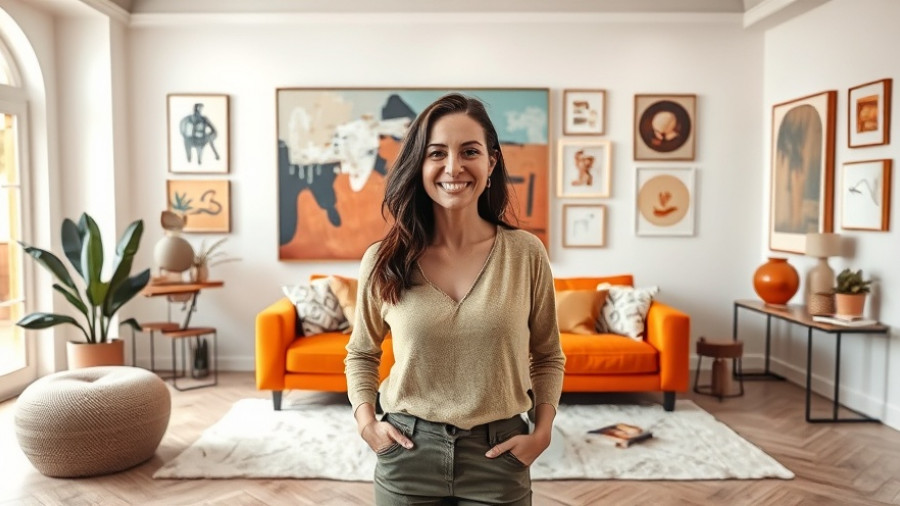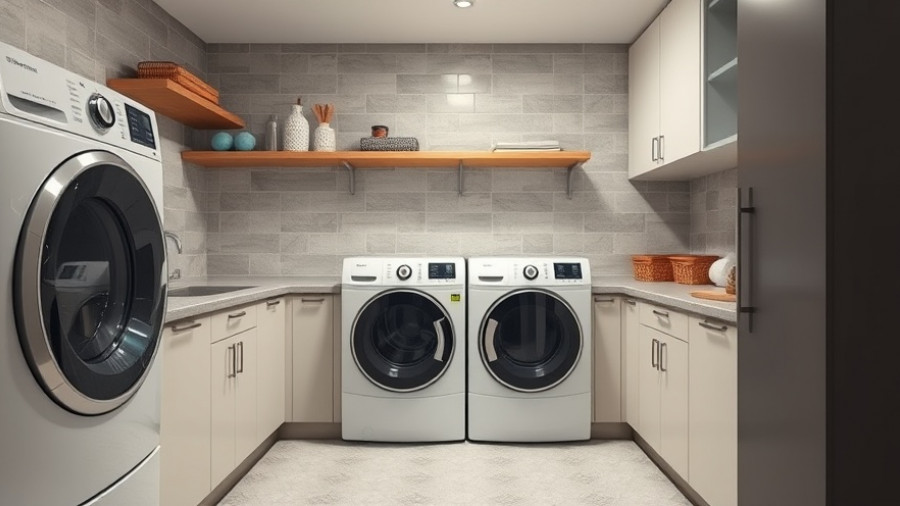
Mastering Busy Times: Strategies for Success
With the right processes and a strong team, even the busiest periods in the interior design business can become manageable. As industry professionals have demonstrated, thriving under pressure isn't merely a stroke of good fortune—it's a product of strategic planning and effective communication. Drawing insights from eight seasoned design experts, this article delves into how you can build systems and teams capable of navigating the challenges of busy times.
Communication: The Foundation of Efficiency
“It’s all about being organized and communicating clearly,” declares Eli Hariton, owner of Damn Good Interiors in Denver. He emphasizes the importance of regular check-ins and the use of project management systems that facilitate listing and assigning tasks. By maintaining a shared calendar, the team is better equipped to manage both their schedules and hour tracking. This methodical approach ensures that no detail escapes attention, making it easier to meet various project demands simultaneously.
Flexibility Within Structure
Julie Cavanaugh, founder of Design Matters, operates multiple showrooms across California and beyond. Her philosophy centers on setting clear expectations while allowing for nimbleness. “Projects ebb and flow—it’s the nature of the business,” she explains. Her approach involves regular internal reviews and open channels of communication, allowing team members to adapt swiftly to evolving project requirements. This flexibility is supported by the daily use of tools like Houzz Pro software, which streamlines workflow and communication.
Divide and Conquer: Strategizing Roles
Oliver McCarthy from Delight in Designs champions the idea of dividing responsibilities amongst team members. This strategy not only prevents burnout but also promotes efficiency during high-pressure situations. By leveraging individual strengths, the team is better equipped to handle increased workloads, ensuring that all aspects of the projects are attended to promptly and effectively.
Tools and Techniques: Leveraging Technology
Modern technology has transformed how interior design teams operate. Software tools are crucial in managing tasks, tracking leads, and remaining organized. Utilizing platforms like Houzz Pro, as mentioned by several professionals, enhances productivity and allows designers to focus on what they do best—creating beautiful spaces. Additionally, being adept with digital communication tools ensures that team discussions are swift, structured, and effective, minimizing confusion and maximizing output.
Anticipating Future Trends in Interior Design
As project timelines and client expectations continually evolve, so too must the strategies used by design teams. Future trends suggest an increased shift towards remote collaboration and virtual interior design services due to their convenience and efficiency. Being prepared for this shift means staying informed about new software and strategies that enhance communication and project management.
Engaging with Team Culture: Building a Supportive Environment
Establishing a culture where team members are empowered to pitch in wherever needed is crucial. This communal spirit not only enhances collaboration but also builds a supportive atmosphere for creativity and growth. Cavanaugh highlights the importance of a “village” approach, where teamwork and shared goals drive success, ultimately leading to satisfied clients and a thriving business ethos.
Staying Calm Under Pressure
During busy periods, anxiety can run high. Having systems in place not only streamlines processes but also fosters a sense of control among team members. If designers and their teams are equipped with the right strategies and tools, they are better positioned to handle demanding schedules and client expectations without compromising their well-being or the quality of their work.
Conclusion: Your Path to Success
Creating systems that improve efficiency and foster communication is essential in every busy environment. By implementing the strategies outlined by these industry leaders, you can thrive despite the frenetic pace of work. Evaluate how you can incorporate these techniques into your own practices, whether you're managing a small team or directing a broader project. Now is the time to act and position yourself for success!
 Add Row
Add Row  Add
Add 




Write A Comment